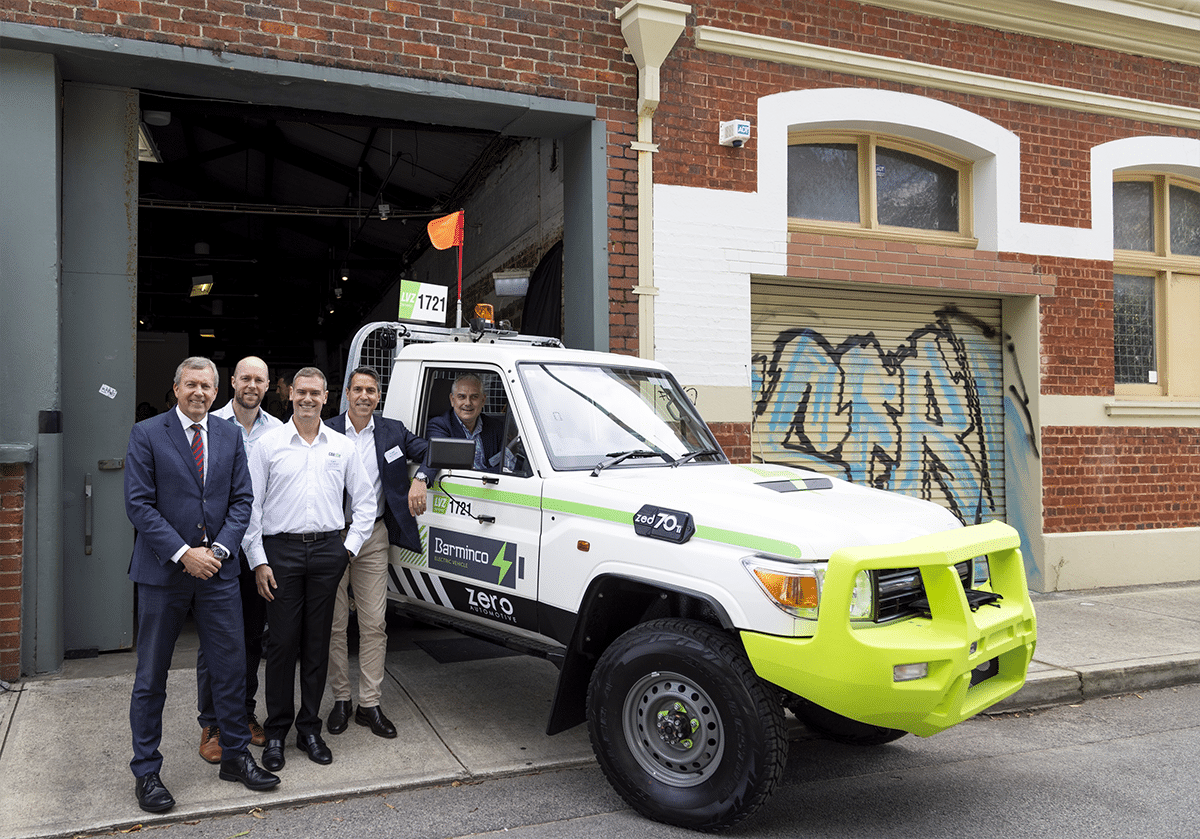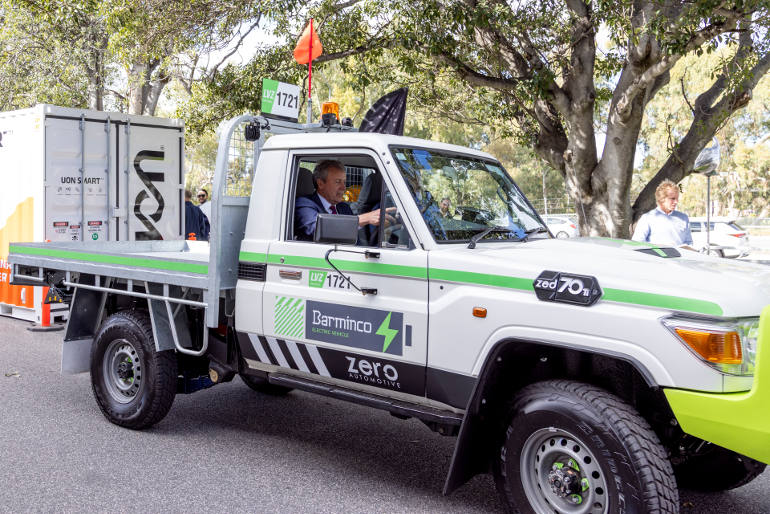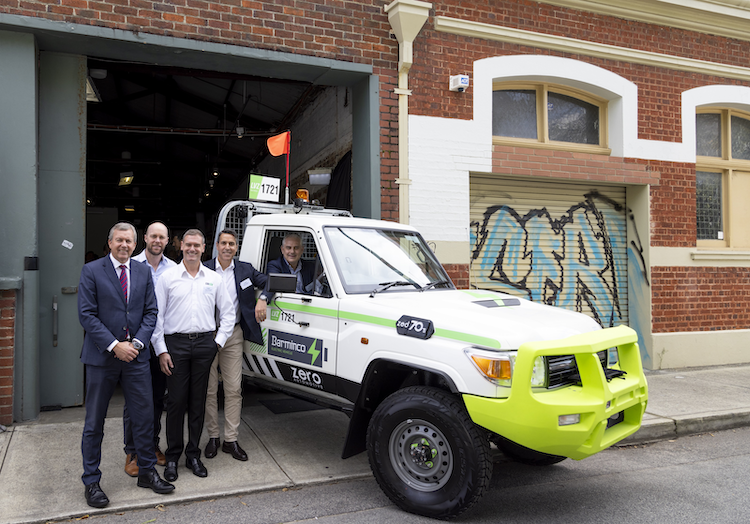Government incentives helping electrify Australia’s vehicle fleets

17 July, 2023

On the back of the National Electric Vehicle Strategy, incentives at all levels of government are pushing Australia’s vehicle fleets to electrification, writes Chris Ryan.
In the race to electrify its car fleet during the past decade, Australia was left on the grid and lapped by European nations. In 2022, 3.8 per cent of new vehicle purchases in Australia were electric vehicles, whereas 12 per cent of new vehicle registrations in the EU were battery EVs, with Norway leading the field with a whopping 80 per cent.
The global proportion of EVs is nine per cent.
On the plus side, Australia’s EV sales are picking up speed, almost doubling from 2021. That number should continue to rise sharply as all levels of government adopt EV-friendly policies.
Councils are converting fleets and embracing charging stations, and state governments offer various tax breaks and subsidies. At the federal level, the Albanese Government has developed the National Electric Vehicle Strategy. While approaches to encourage EV uptake vary, there is finally a broad consensus about the importance of the goal to remove petrol-guzzling vehicles from our roads.
In NSW, beyond tax breaks and subsidies for individuals, the EV Fleets Incentive is helping private businesses, not-for-profits and local councils accelerate their transition to EVs at a lesser cost.
Scott Gillespie, CEO of electric vehicle leasing company CarBon, says it is imperative that governments get behind electric vehicles.
“If Australia is going to reach its 2030 emissions targets, commercial and fleet EV transition initiatives will be crucial to achieving those goals,” he says. “I think it is important the government supports that pathway to commercialisation, and then it will stand on its own two feet after that.”
CarBon is a car leasing, subscription and rental company helping a range of industries to decarbonise transport and reduce carbon emissions. It was awarded a $632,000 grant through the EV Fleets Incentive program to supply electric vehicles to commercial fleets in NSW. The company will use the funding to deliver 70 Tesla Model 3s and 70 Tesla Model Ys at discounted subscription rates to rideshare partners such as Uber, DiDi and Ola.
Using a subscription model reduces the risk for organisations converting to electric, explains Gillespie.
“It’s about making sure the technology works for them,” he says. “Going into a subscription, if that vehicle hasn’t worked out after six months, they can hand it back with a couple of weeks’ notice.”
The NSW initiative aims to capitalise on the relatively quick turnover of commercial fleets, bolstering EVs on the used car market.
“Something really important is to be able to purchase an EV that’s a few years old at 20 or 30 per cent less than what it is new,” says Gillespie. “It helps overcome that price barrier, making it more affordable for people to switch to EVs. It’s important to build out that market.”
Gillespie says fuel efficiency standards, which the Federal Government has committed to adopting, will also help solve the EV puzzle.
“A fuel efficiency standard would bring about more vehicles coming to market, which is great,” he says. “We want to see more vehicles come to market because we want to see them across multiple price segments.”
Australian consumers are significantly behind the pack regarding choice of electric vehicles. Drivers in the UK have their pick of more than 25 low-emissions vehicles under $60,000, while Australians have less than 10.
“We’ve got a lot of fleet customers who would love to be taking them up, but they drive [Hyundai] i30s right now, and there’s nothing similar or even close to that price bracket so that’s a barrier,” says Gillespie.
Limitations to charging networks are also a concern.
“A lot of our business customers have charging infrastructure at their businesses and at home, but when they go to regional areas, they get a bit anxious,” says Gillespie. “With more charger deployment, we should see increased adoption.”
The Federal Government is looking to address drivers’ range anxiety. In April 2023 – as part of the Driving the Nation fund and in partnership with NRMA – it announced $39.3 million in funding to build 117 fast EV charging sites to ensure a fast charger is located approximately every 150km on national highways in Australia.
That national network can’t come soon enough for Gillespie, who sees rapid growing interest in electric vehicles across the nation.
“Right now, we have an electric ute – the LDV eT60 – and a lot of our customers are taking it for a test drive then committing to subscriptions or leases,” he says. “For a lot of people, it’s getting out there and actually having an experience that then gets them committed.”








